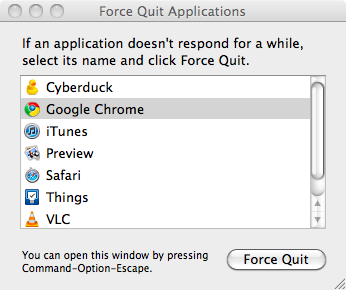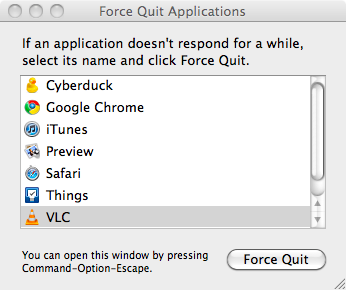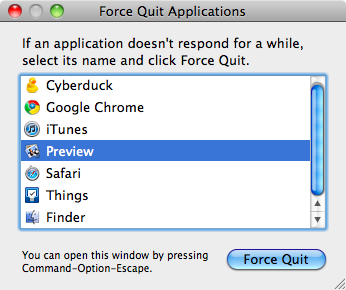Mac OS X Lion includes a awesome new way to check the free space on a disc. I stumbled across this feature by accident. Besides showing the size of the disk and how much free space it has, this method shows graphically how much space is being used for different types of files.
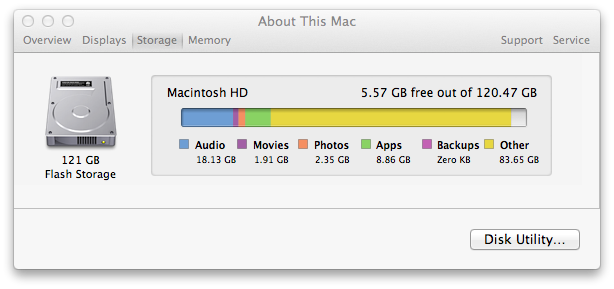
Get the Size and Free Space of the Mac’s Hard Disk on Lion
Here’s how you show your disk’s free space on OSX 10.7, step-by-step:
- Go to the Apple menu. Click the Apple icon at the top-left of the screen.
- Click About This Mac at the top of the menu.
The About This Mac window will appear. - Click the More Info… button.
A new About This Mac window will appear with a picture of your Mac. - Click the word Storage towards the top left of the window.
- An attractive window showing your free disk space will appear.
The display includes how much disk space is used for each of your music, movies, photos, apps, and backup files.
This feature works with your main Mac hard disc, usually called “Macintosh HD“. It does not work with removable hard drives. It might work with other permanently connected hard disks installed in your Mac – I haven’t tested this yet.
Get the Size of a Removable Hard Disk with Mac OS X Lion
The method above doesn’t work for removable hard drives on Lion. The Snow Leopard method I use doesn’t work either – in Lion, disks aren’t listed on the side of a Finder window as they are in Snow Leopard.
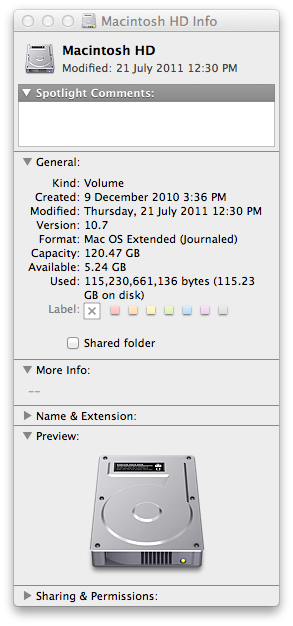
Here’s an alternative method to find a disk’s size and free space on Lion that that works for removable disks and network drives:
- Go to Finder: Click the smiley blue Mac face at the left end of the Dock. The dock is the bar of icons, usually at the bottom of the screen, used to start programs.
- Click Go at the top of the screen to open the Go menu. Click the menu item “Computer“.
- A list of disks connected to your computer will appear in a window, with some other items like “Network“.
- Click the disk once whose size or free space you want to find out. Just click it once, not a double click.
- Click the File menu at the top left of the screen. Click the Get Info menu item.
- A window will appear with information about the disk. Look at the “Capacity” field for the disk’s size, and the “Available” field for how much free space the disk has.
Thank You!
If you have a question or comment about check disk size and free space on Mac, please use the comment form at the bottom of the page.
If you found this article useful, please link to it from your website or blog, click the Like or +1 button to help others find this page.
Thanks for visiting!
